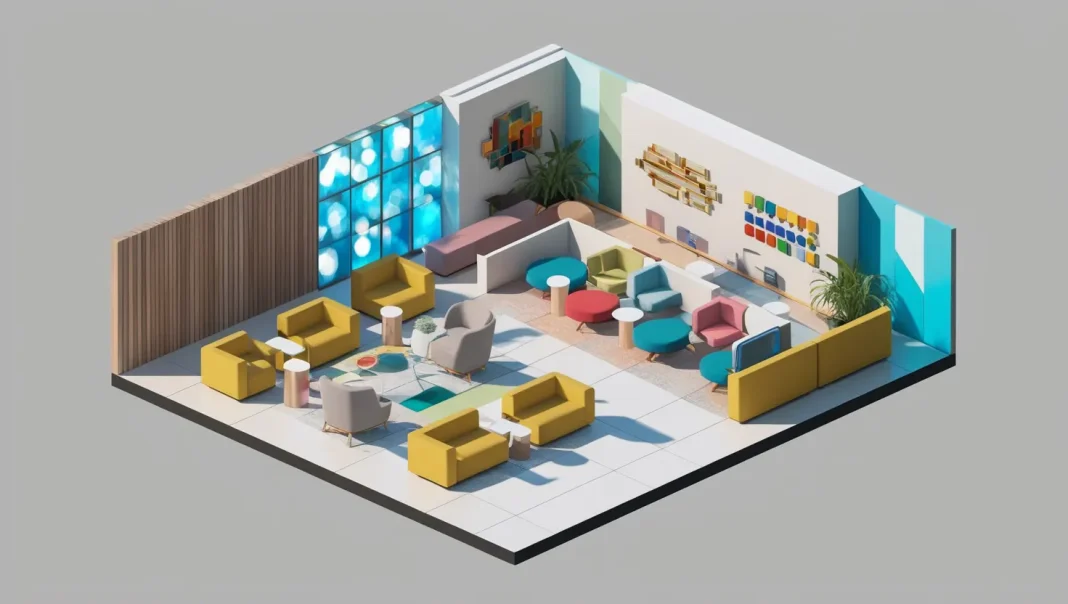Introduction to Autism-Friendly Consulting
Hey there! Have you ever wondered how environments can be tailored to better support individuals on the autism spectrum? That’s where consulting for creating autism-friendly environments comes into play. Whether it’s in schools, workplaces, or public spaces, creating an inclusive setting can make a world of difference. Let’s dive into what this consulting entails and why it’s so crucial.
Understanding Autism Spectrum Disorders
First things first, it’s essential to grasp what Autism Spectrum Disorders (ASD) are. Autism is a developmental disorder that affects communication, behavior, and social interactions. However, it’s a spectrum, meaning it varies widely among individuals. Some might need significant support, while others are highly independent. Understanding these nuances is key to creating environments that cater to diverse needs.
Importance of Inclusive Environments
Inclusive environments aren’t just about accessibility; they’re about fostering a sense of belonging. For individuals with autism, this means spaces that reduce anxiety, enhance comfort, and promote engagement. When environments are thoughtfully designed, everyone benefits, leading to more harmonious and productive settings.
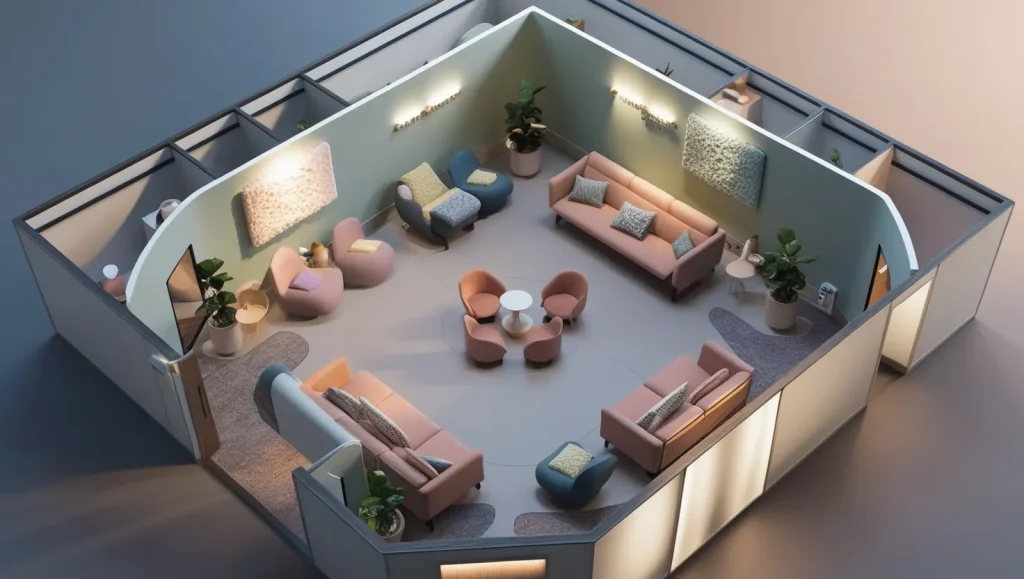
Key Components of Autism-Friendly Spaces
So, what makes a space autism-friendly? Let’s break it down into key components that consultants focus on when designing these environments.
Sensory Considerations
Sensory input can be overwhelming for many individuals with autism. Managing this is crucial.
Lighting and Noise Control
Bright lights and loud noises can be distressing. Implementing adjustable lighting and soundproofing can help create a calmer atmosphere. Think of using soft, natural light and materials that absorb sound effectively.
Safe and Comfortable Materials
The textures and materials used in a space can impact comfort levels. Soft fabrics, non-toxic materials, and furniture designed for sensory comfort can make a big difference.
Structured Routines and Predictability
Predictability helps reduce anxiety. Establishing structured routines and clear expectations is vital.
Visual Schedules and Signage
Visual aids like schedules and clear signage can guide individuals through their day, reducing uncertainty. These tools make transitions smoother and help maintain a sense of control.
Consistent Layouts
Keeping layouts consistent minimizes confusion. Familiar arrangements allow individuals to navigate spaces confidently without constantly adapting to new setups.
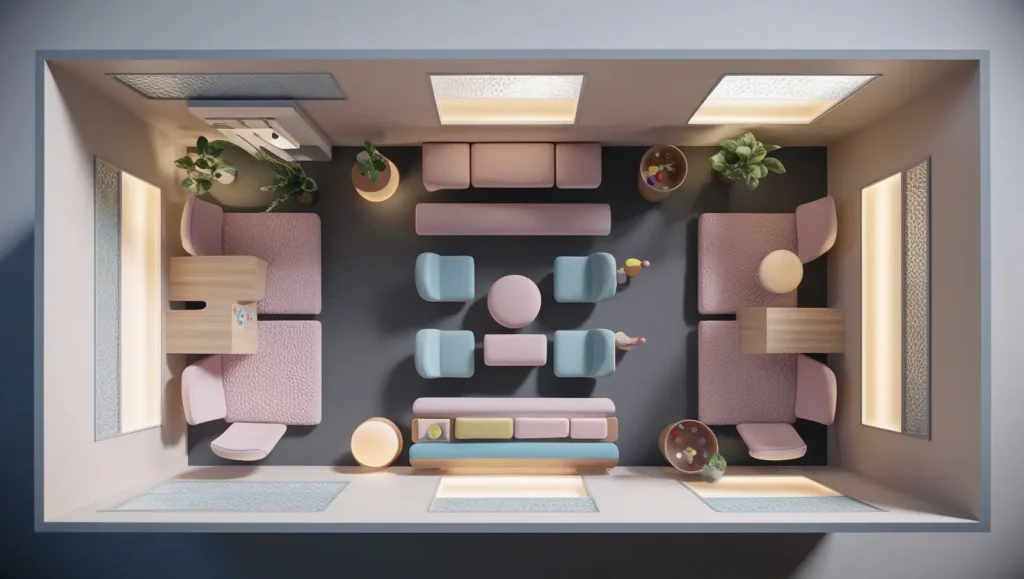
Social and Emotional Support
Beyond the physical space, emotional and social support is essential.
Training Staff and Educators
Professionals who understand autism can better support individuals. Training staff on effective communication and support strategies is a cornerstone of successful environments.
Creating Supportive Communities
Building a community that embraces diversity fosters inclusion. Encouraging interactions and mutual respect among all members promotes a supportive atmosphere.
Benefits of Consulting for Autism-Friendly Environments
You might be wondering, “Why invest in autism-friendly consulting?” Let’s explore the benefits.
Enhanced Well-being for Individuals
When environments cater to individual needs, it leads to better mental and emotional well-being. Reduced stress and increased comfort contribute to overall happiness and productivity.
Increased Productivity and Engagement
Comfortable individuals are more likely to engage and perform well. In workplaces and educational settings, this translates to higher productivity and active participation.
Positive Organizational Reputation
Organizations that prioritize inclusivity earn a reputation for being compassionate and forward-thinking. This can attract talent, clients, and partners who value diversity and inclusion.
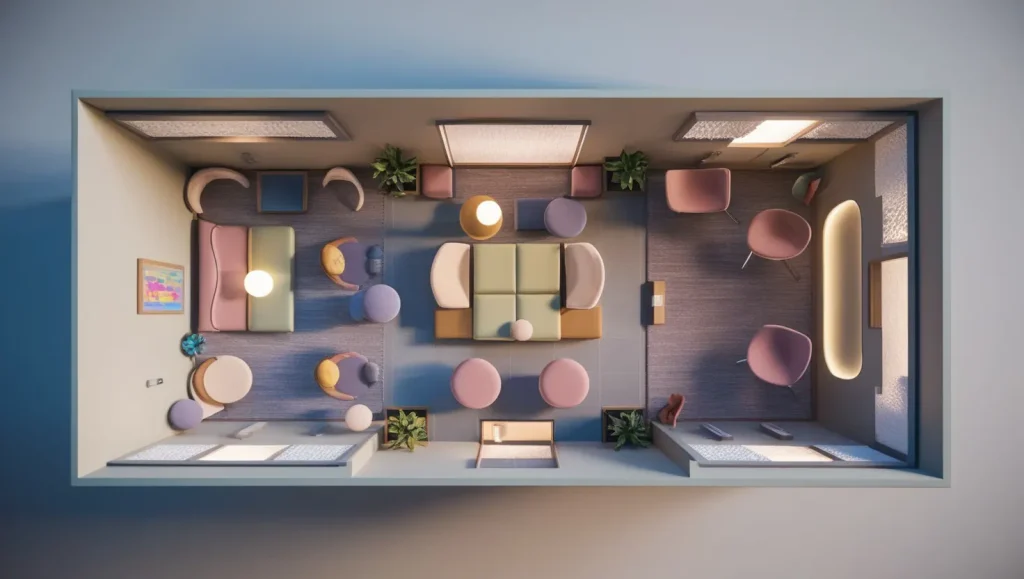
Steps to Implement Autism-Friendly Consulting
Ready to make a change? Here’s how to get started with autism-friendly consulting.
Initial Assessment and Planning
The first step involves assessing the current environment and identifying areas for improvement. This includes understanding the specific needs of the individuals who will use the space.
Designing and Customizing Spaces
Based on the assessment, consultants design spaces that address sensory, structural, and social needs. Customization ensures that the environment aligns with the unique requirements of its users.
Training and Ongoing Support
Implementation doesn’t stop at design. Providing training for staff and ongoing support ensures that the environment remains effective and adaptable over time.
Case Studies: Success Stories
Let’s look at some real-world examples of how autism-friendly consulting has made a difference.
Educational Institutions
Schools that have adopted autism-friendly practices report improved student engagement and academic performance. Tailored classrooms and supportive teaching methods create a nurturing learning environment.
Workplace Environments
Companies implementing these strategies see increased employee satisfaction and retention. Workspaces designed with sensory needs in mind foster a more inclusive and productive workforce.
Challenges and Solutions in Consulting
It’s not always smooth sailing. Let’s discuss some common challenges and how to overcome them.
Overcoming Resistance to Change
Change can be daunting. Effective communication and demonstrating the benefits can help mitigate resistance and encourage buy-in from all stakeholders.
Balancing Cost and Accessibility
Budget constraints are real. Consultants work to find cost-effective solutions that don’t compromise on accessibility, ensuring that autism-friendly features are attainable for various organizations.
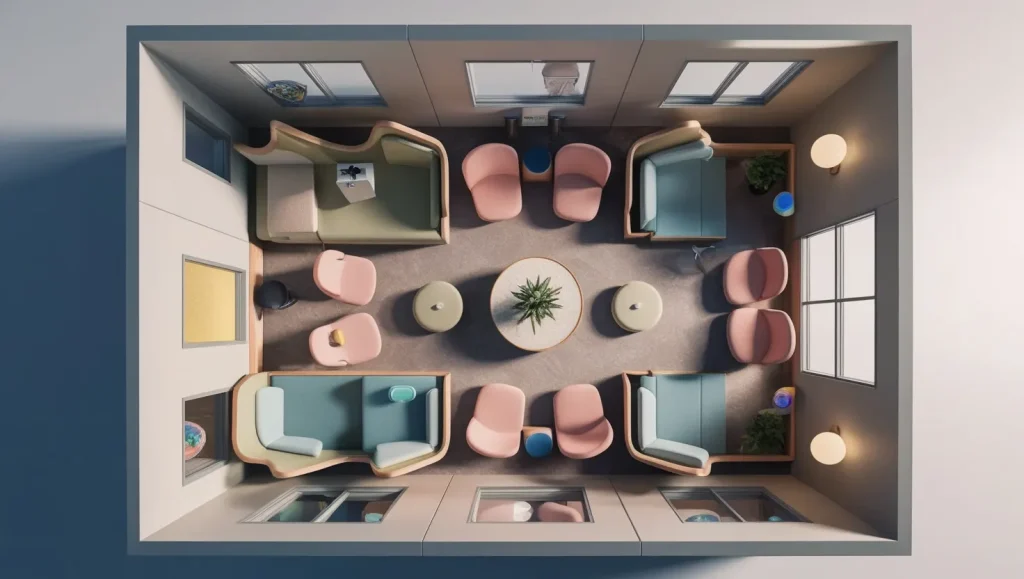
Future Trends in Autism-Friendly Consulting
What’s next for autism-friendly environments? Let’s peek into the future.
Technological Advancements
Emerging technologies like virtual reality and smart lighting are being integrated to enhance sensory control and personalization of spaces. These innovations offer new ways to support individuals with autism.
Expanding Scope and Inclusivity
The focus is broadening to include more diverse needs and creating universally designed spaces that benefit everyone, not just those with autism. This trend towards greater inclusivity is shaping the future of environment design.
Conclusion
Creating autism friendly environments isn’t just a trend; it’s a commitment to inclusivity and understanding. Through thoughtful consulting, organizations can transform their spaces into supportive, engaging, and harmonious places for everyone. Embracing these changes not only benefits individuals with autism but enriches the entire community. So, are you ready to make a positive impact?

